OSHA? Plan Ahead and Be Prepared!
When some employers hear “OSHA,” they cringe at the thought that there might be a chance their business is not in full compliance with the complex and immense OSHA regulations. In turn, it can become a stressful and overwhelming task to ensure all regulations are being followed accordingly. However, there are ways you can reduce this severity of worry by simply planning ahead and understand what OSHA is truly looking for.
OSHA Compliance Basics
Before getting worked up about OSHA regulations, learn what it is they really are looking for. That simply being does your business has a safety program in place and it is being properly implemented as well as followed by all the employees. This means all of those safety meetings, manuals, lunches and so forth cannot be dismissed due to a lack of follow through. In addition, employers need to understand the seriousness of writing up employees for any and all safety violations. If they are not done then in OSHA’s eyes, there is no safety program whatsoever. After all, if there is no follow through of discipline, then what’s the point of having a safety program in place?
Maintain a Firm Process
Now that we understand the essentials of OSHA compliances, it’s time to learn how to effectively run a safety program that your business will stick to.
- Provide Sufficient Documentation
This includes supplying your employees with detailed information about the safety program along with posting plenty of documentation around the workplace that explains the safety regulations.
- Give Verbal Warning
If there is a violation of the safety regulations, then that employee needs to sit down with the appropriate personnel (typically a supervisor). In this discussion there should be clear verbiage about the violation, what the employee needs to do to improve their performance, and describe the expectations the business has of that employee. After this discussion, be sure to have the employee sign a document to show their understanding of the situation.
- Create a Written Warning
There should always be a formal documentation of each violation. This can be given as a follow up from the verbal warning as discussed in step two. The documentation should include at least an explanation of the violation, conduct, performance, and consequences.
- Final Warning and Possible Suspension
If there is a progression of the violation, then it is time to consider a more considerable discipline. Remember though, suspension is a serious matter and should be approved by upper-management as well as human resources.
- Termination
Once matters have become too critical, the employee may be considered for termination. Again, since this is the most severe discipline out of a safety program, it needs to be discussed and approved by all the appropriate personnel.

